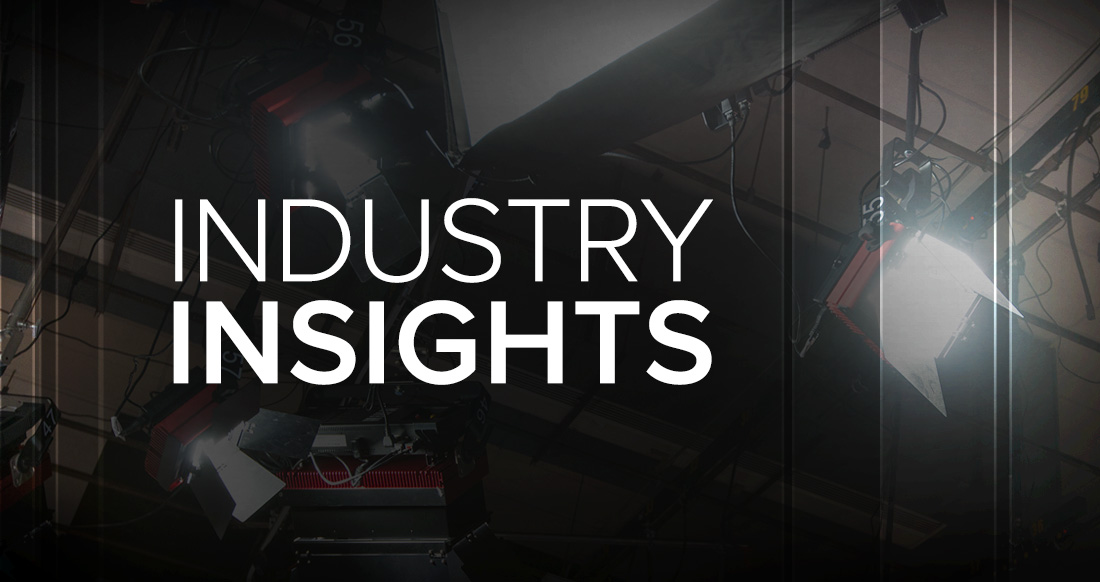Industry Insights: The state of lighting design in broadcast

Subscribe to NCS for the latest news, project case studies and product announcements in broadcast technology, creative design and engineering delivered to your inbox.
How does remote production (IP) impact lighting design and the future of how studios are configured?
“Lighting needs to catch up with the abundance of remote production,” noted Goldberg. “Between horrible camera angles and focal distances to poor lighting, the ‘horse’ has galloped away from the ‘cart.’ VR Studios are no longer a novelty, we just have to keep the reality from being overtaken by the virtual.”
“It’s not a big issue now we have several stations that control their lighting console via Ross Overdrive,” Mclaughlin said.
“All the systems we have specified in the last few years were either operable over IP or could be easily upgraded. It’s been part of our DNA for quite a while and allows us to share a virtual control with the client as needs arise,” Summers noted.
“The impulse is always to have less staffing for day-to-day operations and lighting is always one of the first departments that clients want to combine. Networked IP based control systems allow this to happen more fluidly, however, the downside is that there’s often no one with a ‘critical eye’ for lighting left minding the store,” said London.
Subscribe to NCS for the latest news, project case studies and product announcements in broadcast technology, creative design and engineering delivered to your inbox.



tags
Adrian Goldberg, Angry Badger Productions, elements of lighting design, FX Design Group, IP, IP Production, LED Lights, lenny sommers, lighting a news set, lighting design, lighting design fundamentals, mack mclaughlin, mark london, Ross Overdrive, Ross Video, studio lighting, TAD Lighting, The Lighting Design Group, tv lighting design, wireless lighting control
categories
Broadcast Facility, Broadcast Lighting Design, Heroes, Industry Insights, Lighting and Lighting Design